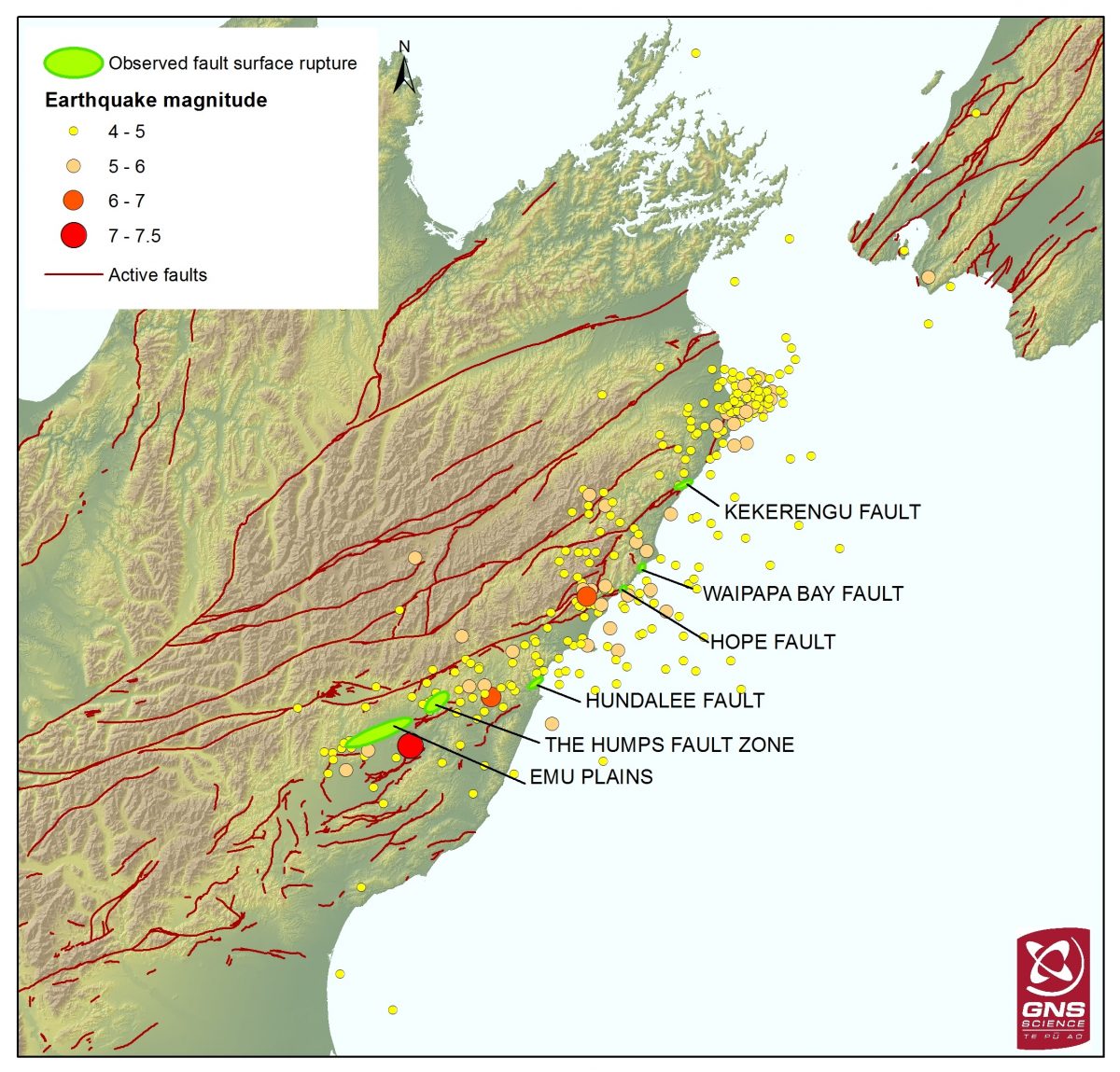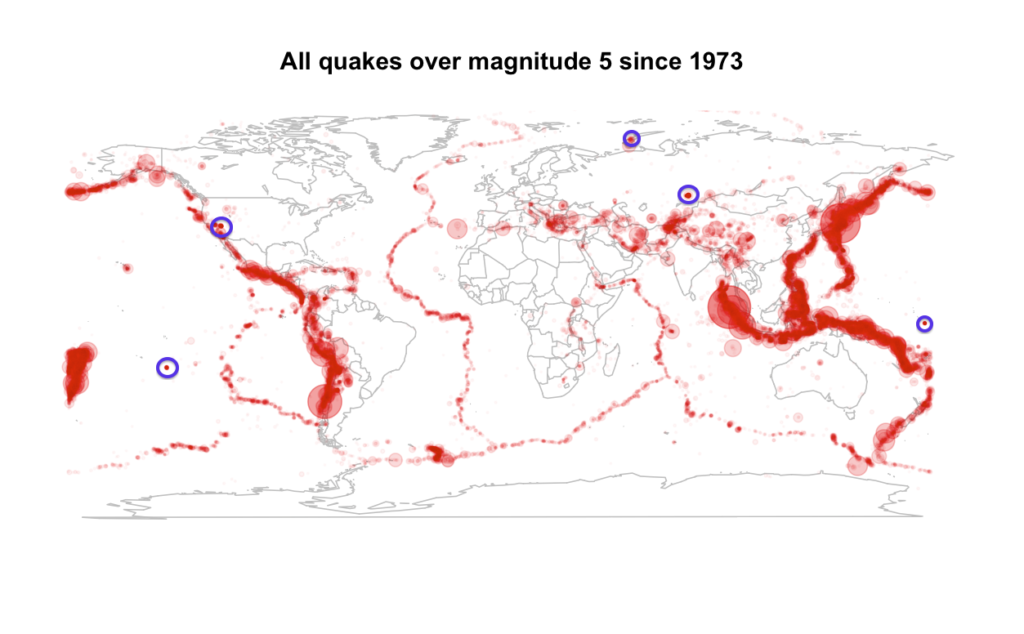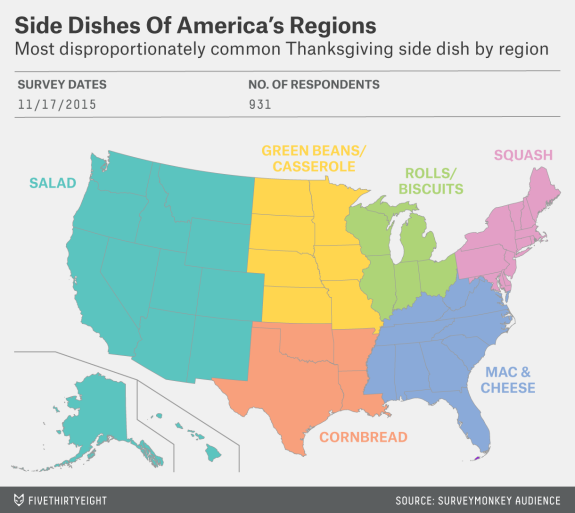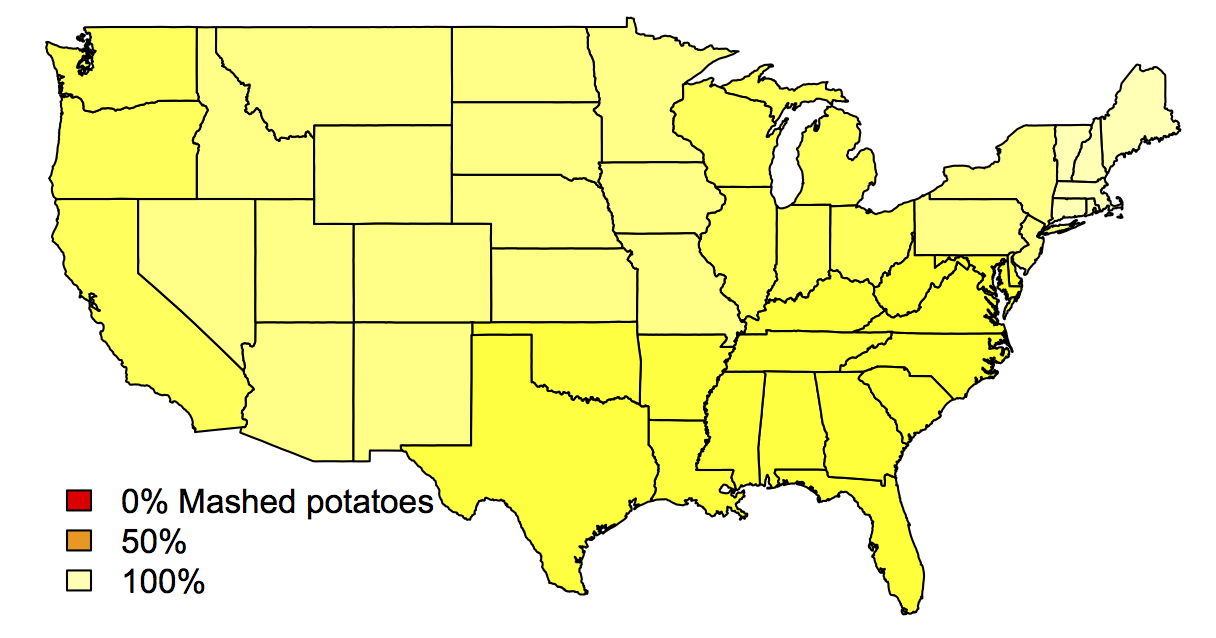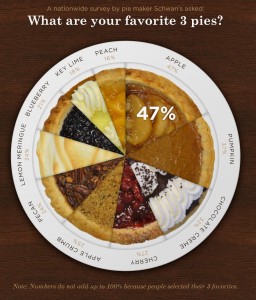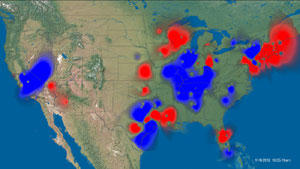Thanksgiving risks
It’s quite difficult to exaggerate how bad the US coronavirus epidemic is. The Washington Post has managed. They have a map showing the probability that a gathering of 10 local people for Thanksgiving will include at least one Covid case. They say
At the county level nationwide, the average estimated risk of running into a coronavirus-positive person at a 10-person gathering is just a hair under 40 percent.
As the note on the map says, it assumes the actual case prevalence is 10 times the number of people with positive tests. That’s a bit high — it comes from much earlier in the year, when testing was rarer). It’s also a bit high if we assume that obviously unwell people (who are included in the prevalence estimate) are more likely to skip the celebration.
On top of that, though, the calculations (based on this paper) assume Covid infection status for the 10 participants is independent. That was a reasonable approximation for the original paper, which looked at public gathering. It’s not a great assumption for Thanksgiving, where people tend to attend in household groups. The ‘effective’ gathering size will be less than the number of individuals, and closer to the number of households participating. So, if the prevalence is 1%, the risk based on three independent households is about 3%; the risk based on 10 independent people is about 10%. The truth will lie somewhere between.
And, as you can tell from looking at the map, there’s something wrong with saying the nationwide average risk is 40%, since 0-20% range includes nearly all the high-population parts of the US. The 40% is an average of counties, with no easy way to translate it into a risk for people.
Why am I pointing this out, when the map only strengthens the sensible public-health advice to stay the fuck away from Thanksgiving dinners? Because it is not true that 40% of the ten-person Thanksgiving gatherings in the US (and the vast majority of those in the Dakotas) should expect to come down with Covid this week, and people will notice that it wasn’t true. The truth doesn’t just matter for ethical reasons, it matters for any effective risk communication that isn’t just a one-shot attempt.

